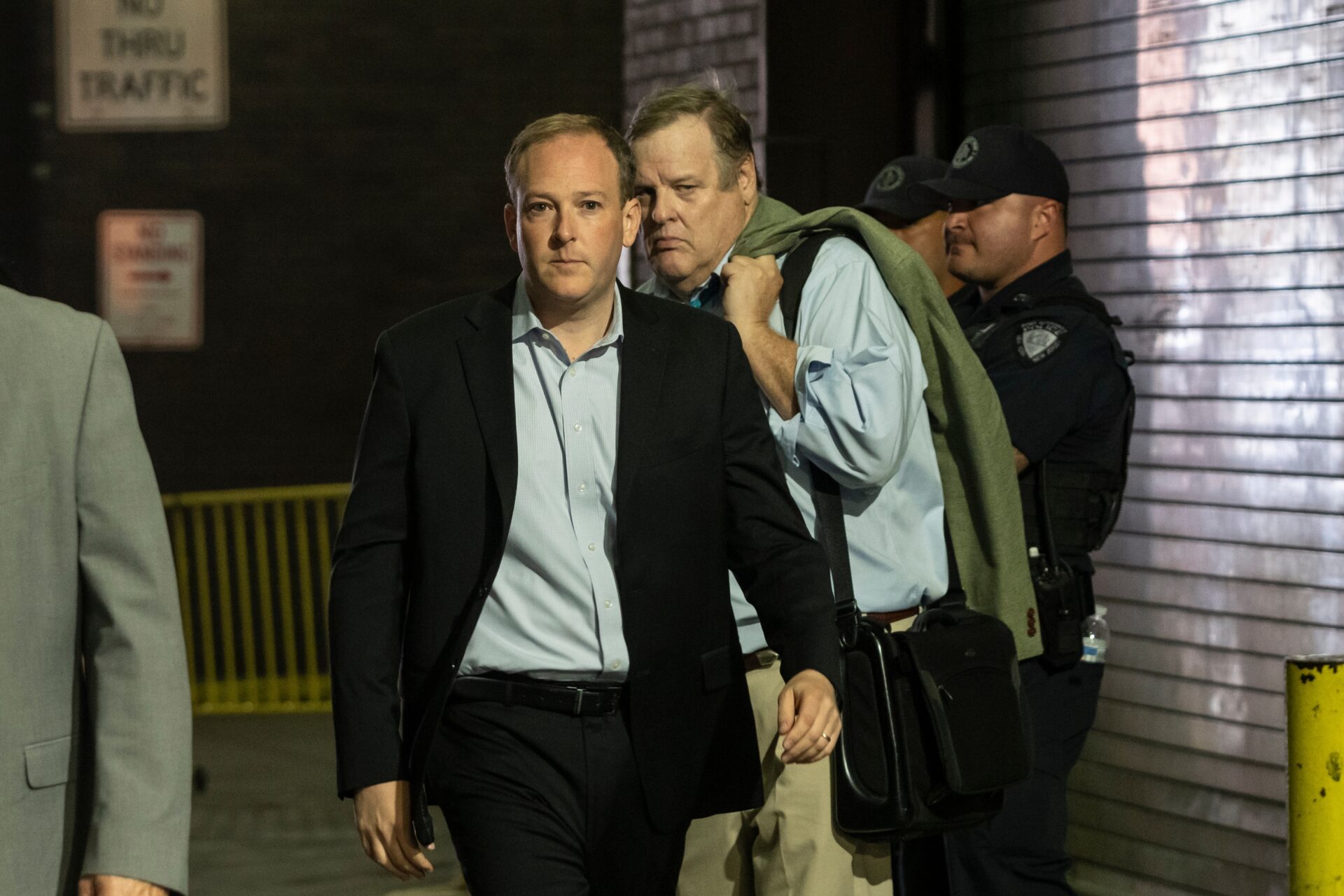
Battery Plants Near KIDS? EPA Says NO!
EPA Administrator Lee Zeldin’s intervention in New York’s battery storage conflict signals a dramatic shift in federal priorities, placing local safety concerns ahead of unchecked green energy expansion.
At a Glance
- Zeldin to hold August 18 press conference in Hauppauge on battery safety
- Battery Energy Storage Systems (BESS) located near schools spark local protests
- Federal EPA now supports local efforts to restrict or regulate installations
- Over 30 environmental rules rolled back since Zeldin took office
- EPA’s new framework prioritizes emergency response and local control
A Homegrown Intervention
On August 18, EPA Administrator Lee Zeldin will return to his native Suffolk County to address growing outrage over lithium battery storage facilities located near schools and residential neighborhoods. He plans to speak at a press conference in Hauppauge, where community activists have been sounding alarms for months about the risks of Battery Energy Storage Systems (BESS) installed too close to populated areas.
Watch now: Lithium Battery Storage Danger · YouTube
This federal attention marks a notable reversal in tone. In previous administrations, large-scale battery projects were often rubber-stamped in the name of renewable energy progress. But Zeldin’s return home brings with it the weight of federal scrutiny—and a rare alignment between the EPA and community organizers.
Public Risk vs. Private Profit
Concerns around BESS facilities intensified following multiple fire incidents involving lithium-ion batteries, which experts warn can lead to thermal runaway and hazardous gas emissions. Dr. Michael Gochfeld, a chemical safety specialist at NYU, has noted that such events can persist for hours or even days, making them especially dangerous when located in residential zones.
Activists like those from WE ACT for Environmental Justice have documented a pattern: battery installations disproportionately placed in low-income neighborhoods with limited political leverage. Critics argue these locations are chosen not for technical viability but for their perceived lack of resistance. The federal government’s new posture gives those communities a stronger footing to demand safer conditions—or block developments entirely.
Deregulation With a Twist
Since assuming office in January 2025, Zeldin has rolled back over 30 environmental regulations. While this deregulatory agenda raised alarms among traditional environmentalists, his five-pillar EPA framework includes an unexpected emphasis on community safety and local autonomy. Under this structure, local governments are encouraged to set stricter standards and deny permits if public health is at risk.
The framework, announced earlier this year, also emphasizes emergency preparedness, a direct nod to concerns over what happens when battery systems fail. Zeldin’s stance reframes environmental protection to include not only planetary goals but immediate human safety—a shift with implications well beyond New York.
Breaking Green Orthodoxy
The Hauppauge announcement highlights a deeper strategic recalibration. Zeldin’s EPA is not rejecting renewable energy—but it is challenging the industry’s assumption that all green infrastructure is inherently benign. His criticism targets what he calls the “industrial hazards disguised as climate solutions,” a phrase that resonates with critics of corporate greenwashing.
This shift gives local governments a powerful ally in the federal government, reversing years of top-down mandates that sidelined grassroots safety concerns. For battery developers, the new landscape may require greater transparency, better safety measures, and community consent—not just federal approval.
Sources
Environmental Protection Agency
NYU
WE ACT for Environmental Justice


